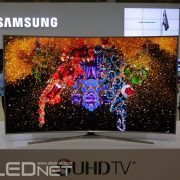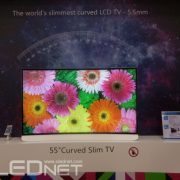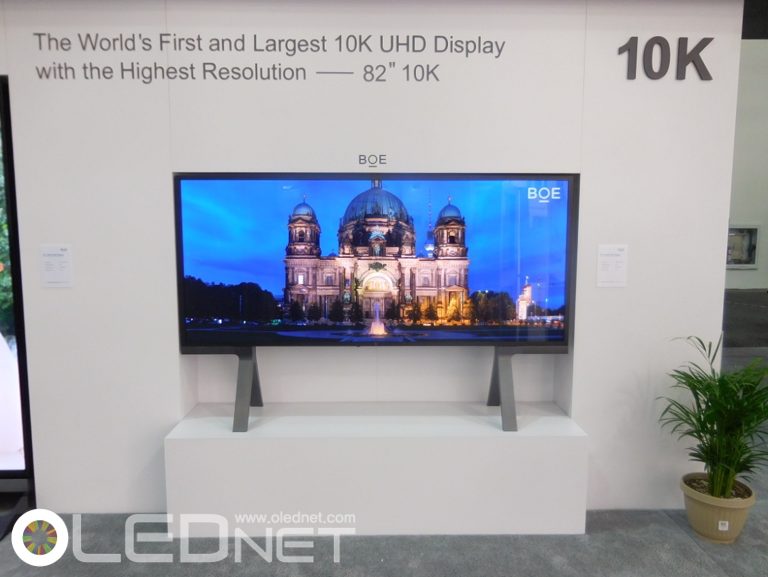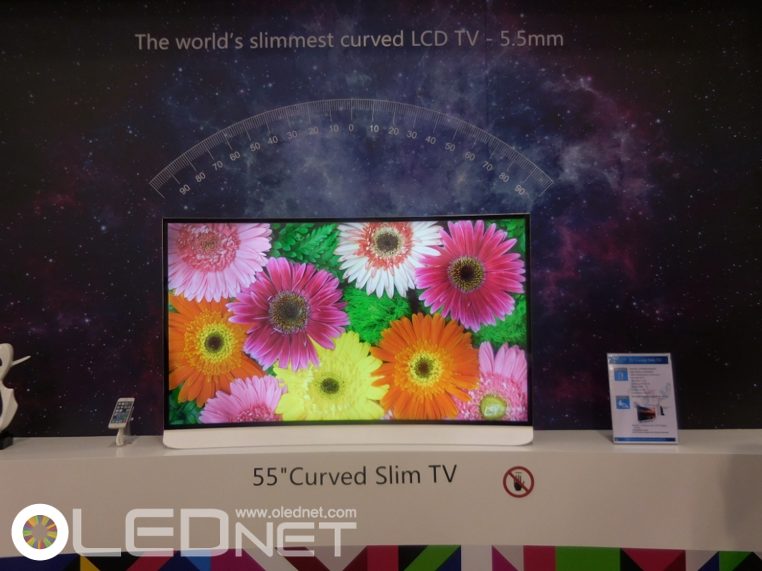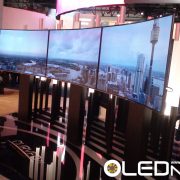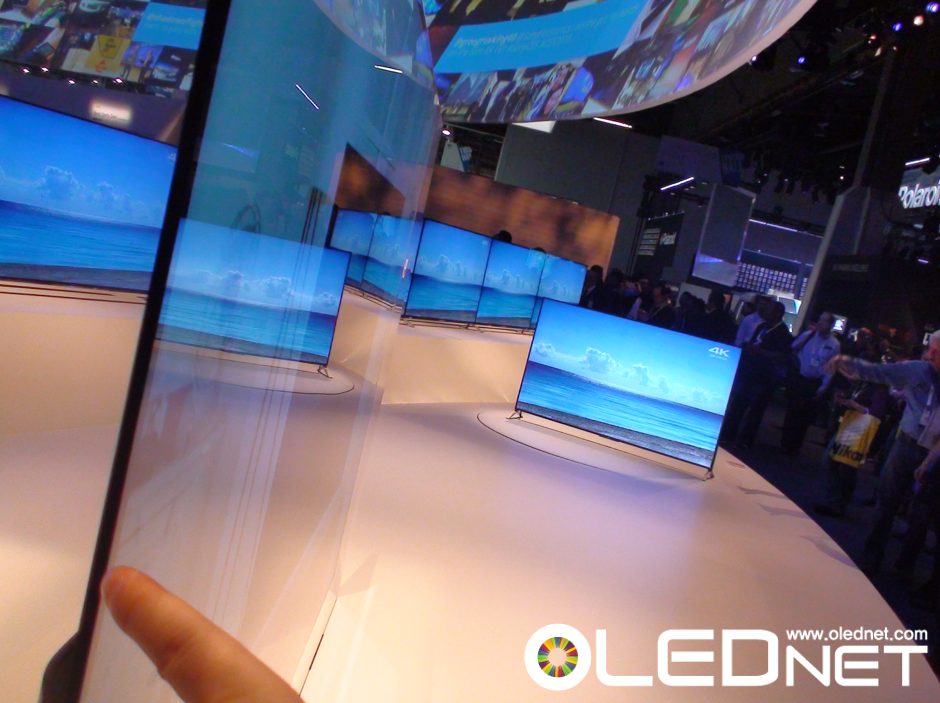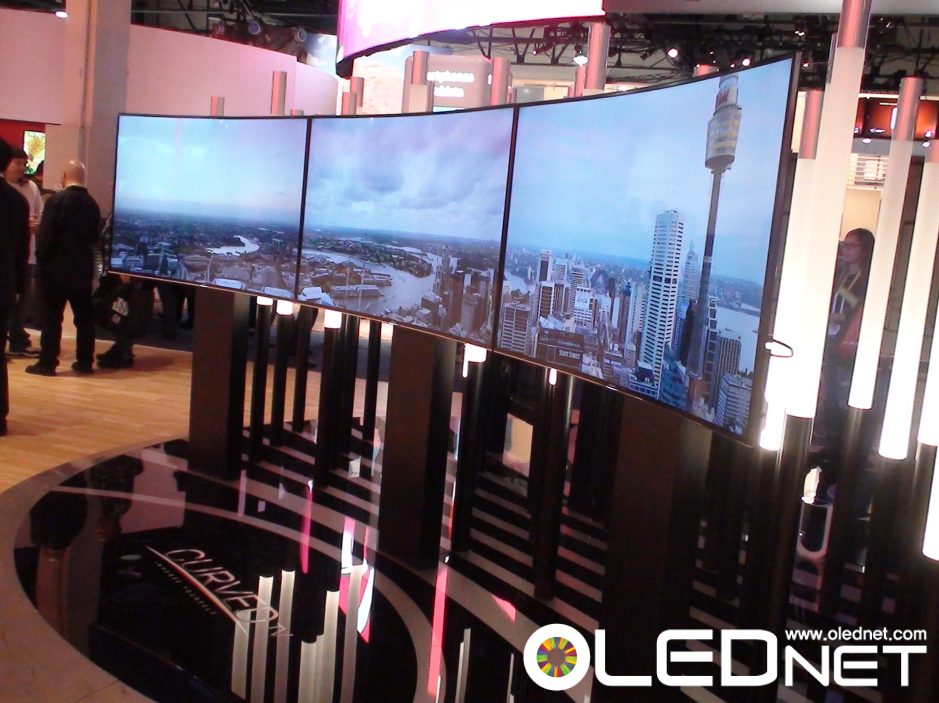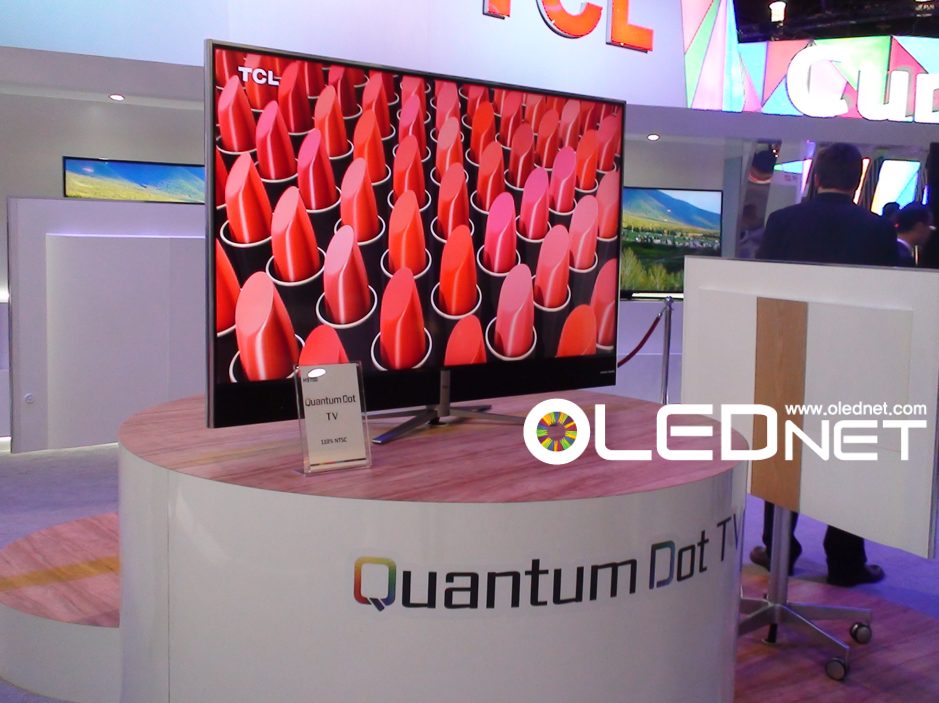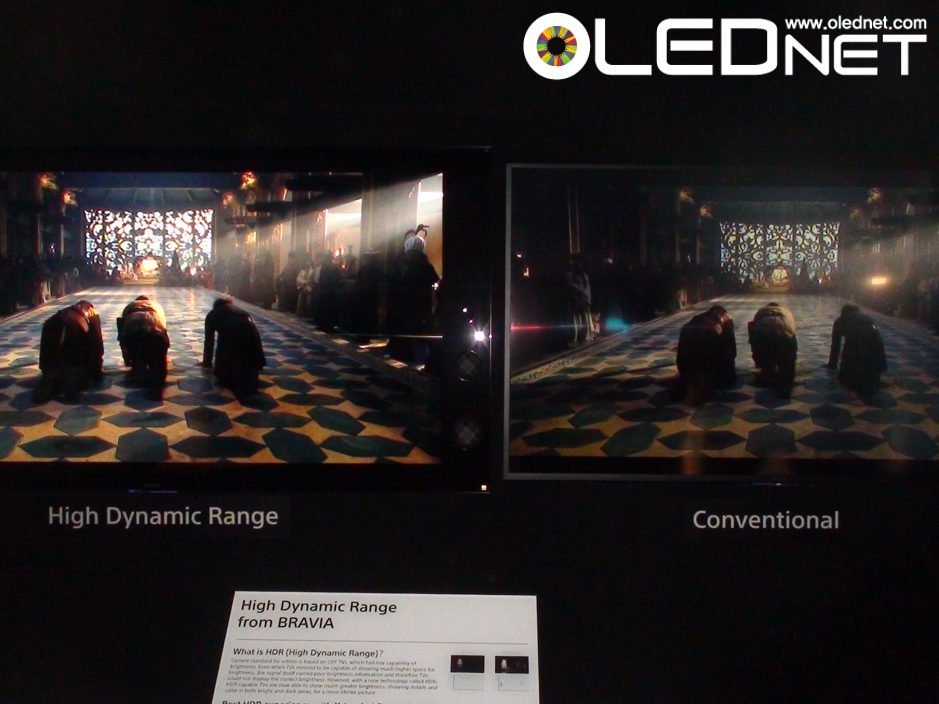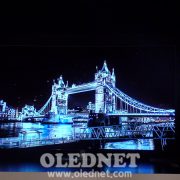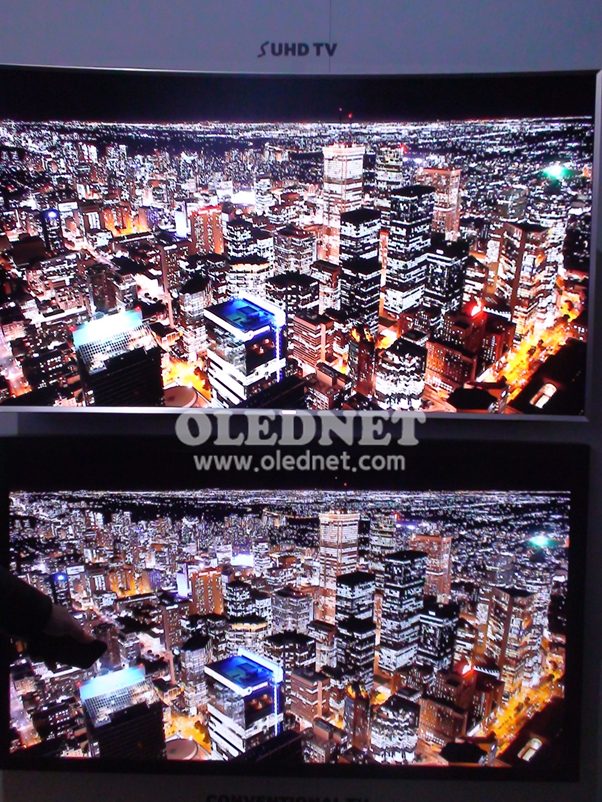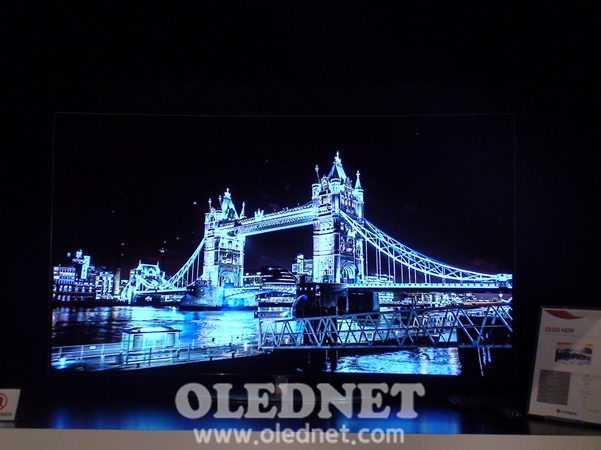Next Generation Display Requires Next Generation Ecosystem
It seems like new milestones are reached in the display industry every month. From a consumer’s point of view, it was not that long ago that HD (high definition) sets entered the market and revolutionized the picture screen. However, now next generation display with even higher resolution, UHD (ultra high definition) are being actively developed. 4K resolution sets, LCD and OLED, are already on the market. 8K panels have been part of exhibitions for a while now, and the world’s first 10K 82inch LCD panel was revealed in SID 2015 (31 May – 5 June).
However, in order to move forward to having the next generation of displays in consumer sets, the whole ecosystem of surrounding industries also has to evolve together.
As mentioned above, 4K sets, as well as 4K recording devices, are already commercially available. The 4K content is, unfortunately, still quite restricted at present. However, streaming and subscription services provide or plan to provide increasing amount of UHD content in near future, and UK’s BT is also launching an UHD box to host Europe’s first 4K TV channel.
Another important part of the ecosystem is connectivity. For over a decade, HDMI (high-definition multimedia interface) has been the favored connection for home entertainment systems and on HDTVs, as well as some PCs and monitors. However, if the interconnect development does not match the capability of the set or the content, then the intended display quality cannot be met. To cope with this, HDMI 2.0 which can handle 4K was released. DisplayPort, another interface standard, can also support 4K, but it also provides greater color depth, a more robust and stable AV link. DisplayPort is enabled to work over the new USB-C connector, and an 8K enabled version will be released this year.
It is not enough for one or two particular sectors of an ecosystem to evolve to lift an entire industry to the next generation. For a healthy and efficient market to be formed, agreed upon objectives, compromises, specifications, and schedules have to be in accord. VESA (Video Electronics Standards Association) is an international non-profit corporation that facilitates this, as is the recently established UHD Alliance. At SID 2015, a VESA representative explained that “for the industry as a whole to be effective and successful commercially, cooperation between businesses of all sectors, including competitors, is crucial”. This can only benefit consumers and businesses alike.
Whether the display market will be led by LCD or OLED, it is certain that the next generation display requires a next generation ecosystem.
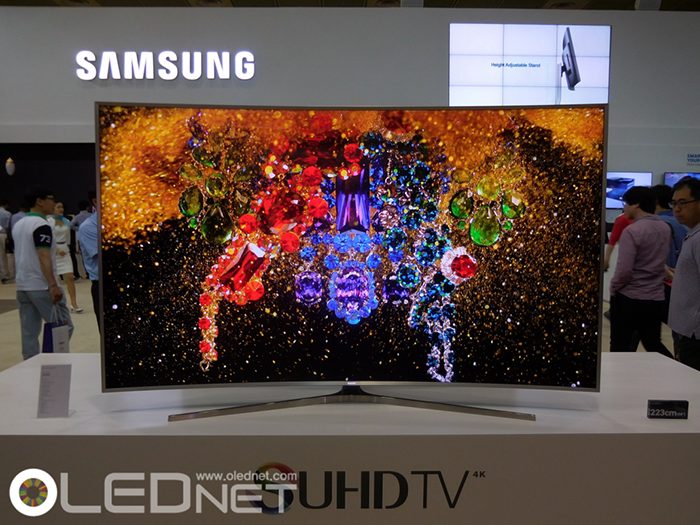
Samsung Display’s SUHD TV, WIS 2015

